History

The origins
The story of the House of Croft begins over four centuries ago in the city of York which at the time was one of England’s principal centres of trade.
Since 1581 the monopoly of the city’s commerce had been held by the Merchants Company of York. In 1588, Henry Thompson, member of a prominent Yorkshire family, was admitted to the Company and set up a successful business trading in wine. This firm was to become the Port house that we know today as Croft.
The Croft family were also distinguished members of the merchant community in York and the Thompson and Croft families certainly knew each other. However it was not until later that the Crofts would become involved in the Thompson business.
In the meantime, the Thompsons’ wine firm prospered. By 1647 the company had acquired wine cellars in Bordeaux and had also established itself in Hull, London and Amsterdam. Like other wine merchants of the time, the Thompsons did not trade only in wine. The vessels that they chartered to transport wine from the vineyard regions to northern Europe carried other goods such as textiles on the return journey.

The move to Portugal
By the mid-seventeenth century the Thompsons had begun importing cloth to Portugal. All of this was facilitated by the signing of the Treaty of Windsor in 1386, which enabled England and Portugal to become close trading partners.
In 1654, commerce between the two countries was further encouraged by a new treaty which awarded special privileges to English merchants trading in Portugal including entitlement to lower duties. As a result the Thompson family shifted their focus from France, which was frequently at war with Britain, to Portugal. By that time the firm was led by Richard Thompson who was responsible for transforming the family firm into a Port wine company.
In 1707, Richard Thompson merged the business with that of Thomas Phayre and Nathaniel Bradley, two Irish brothers who had settled in Portugal and were trading in Port and other goods. The company became known as Phayre, Bradley & Thompson until the two Irishmen left the partnership and were replaced by a new partner, Benjamin Tilden, after which it adopted the name Thompson & Tilden.
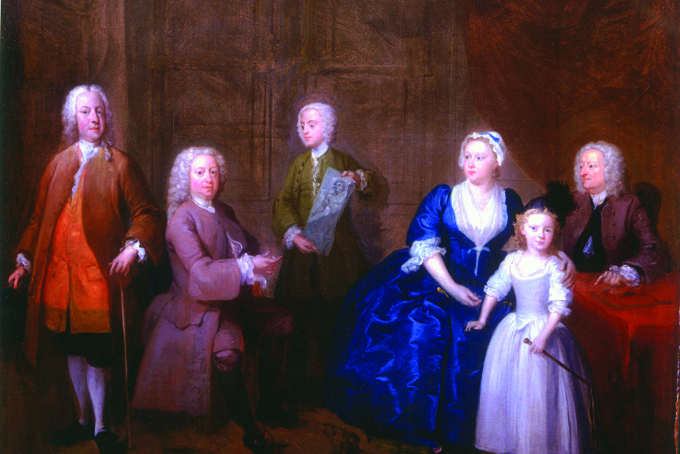
The Croft family
Meanwhile, the Thompson and the Croft families had become connected through the marriage in 1681 of Frances Thompson of Kirby Hall, the Thompson family home, and Thomas Croft of Hull.
The first Croft to become a partner in the Port firm in Oporto was John Croft (the first of a string of Crofts of that name) who joined the firm in 1736 at the age of 42. Shortly afterwards the company became known as Tilden, Thompson and Croft.
The second John Croft was the author of the first detailed book about Port,A Treatise on the Wines of Portugal, which he published in 1788. His nephew, John Croft III was born in York but spent most of his life in Portugal, remaining a partner from 1777 to 1800. It was during his time as partner that the firm produced the earliest known Vintage Port, the Croft 1781. This was followed by Vintage Ports from 1784, 1785 and 1786.
Jack the spy
John Croft III’s son, known as Jack, was one of the most colourful and remarkable members of the Croft dynasty.
He was a man of many talents, an accomplished linguist and scientist who was later admitted to the Royal Society in London and the Royal Academy of Sciences in Lisbon as well as receiving an honorary doctorate from Oxford University. But it is for his work as a spy during the Peninsular campaign of the Napoleonic Wars that he is usually remembered.
In 1810 he was recruited by Charles Stuart, the British Minister in Lisbon, to collect intelligence on French troop movements in the north of Spain and convey it to the commander of British forces, Arthur Wellesley, later Duke of Wellington. To do this, Jack had to travel undetected into enemy territory as far as La Coruña in Galicia and set up a network of agents to observe and report on the movements of the French army. Their messages were carried by clandestine courriers on mule-back to the Galician coast where they were picked up by small British vessels and conveyed to Jack Croft in Oporto to be deciphered.
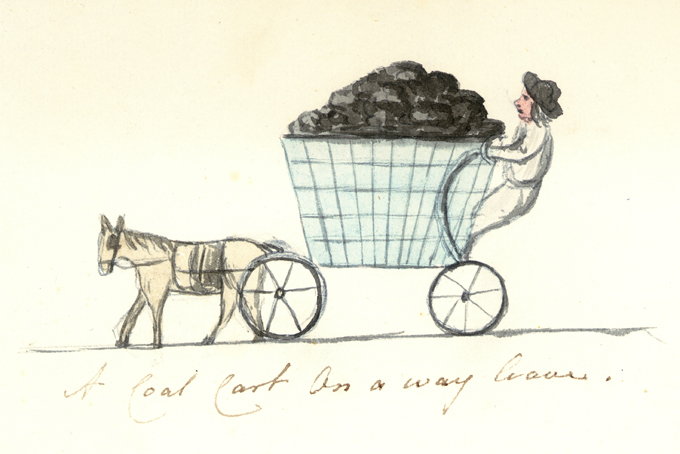
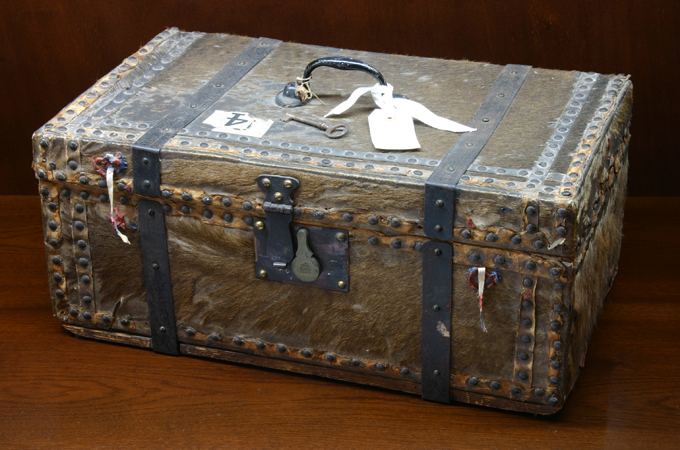
The Distribution
After the war, Jack Croft became involved in another challenging mission, that of administering aid from a fund, known as the Distribution, set up by the British Government at the request of the Duke of Wellington to provide relief to families suffering as a result of the devastation caused to the Portuguese countryside by the invading armies.
The joint chairmen of the fund were Jack Croft and a Portuguese judge, Gaudêncio Torres.
They left Lisbon in September 1811 with a team of 17 volunteers and returned in July 1812, covering nearly 5,000 miles on horseback and distributing aid in various forms to many thousands of people. In recognition of this work, he was awarded a baronetcy by the British, becoming Sir John Croft of Cowling Hall, and later given the title of Baron of Serra da Estrela by the Portuguese crown.

Gonne, Gribble & Holford
During this time the Port house had been managed by Jack’s brother, Frederick.
In 1824, Frederick died leaving Jack as the sole owner of the company. By this time, Jack had returned to England where his pursuit of his many interests left him little time to look after the Port firm. He made an agreement with Croft’s main London agent, Messrs. Gonne, Gribble & Holford, whereby they managed the company in exchange for a share in the profits. This arrangement proved a successful one particularly as Jack’s son, John Frederick Croft, when he came of age, showed little interest in the business.
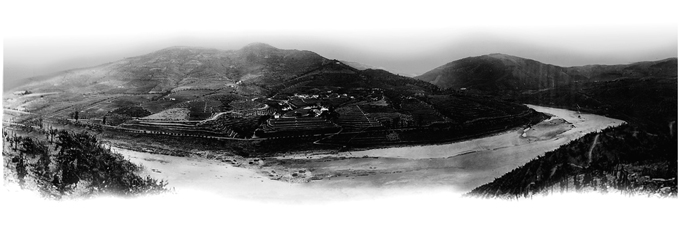
Quinta da Roêda
By the second half of the 19th century, Croft had gained the renown as a producer of Vintage Port that it enjoys to this day.
In 1889, the firm acquired the famous estate of Quinta da Roêda, one of the Douro Valley’s finest vineyards, which further enhanced the company’s reputation as well as giving it control over a source of wines of outstanding quality. This exceptional property, often referred to as the jewel of the Douro Valley vineyards, remains the main source of wine for the firm’s Vintage Ports to this day.
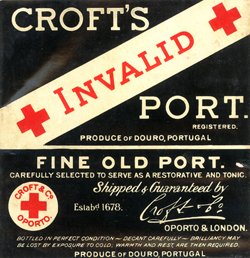
Gilbey’s Invalid Port
While the house was undoubtedly successful, it suffered from lack of capital as John Frederick was unwilling to invest in the company to the extent that previous generations had done.
Financial relief came from an unexpected source. The London wine merchant Gilbey’s had developed a brand known as Gilbey’s Invalid Port, making positive health claims and prescribed by some physicians as a tonic. The wine was supplied by Croft, shipped in cask and bottled by Gilbey’s in London. Gilbey’s Invalid Port was an enormous success and this new business brought welcome cash into to the Croft Port business. As the sales of Invalid Port grew, Gilbey’s began to be concerned about guaranteeing its source of supply of suitable wine. In 1892, they purchased half of the shares in Croft, the other half being retained by John Frederick.
Shipments of Invalid Port to Britain continued to increase throughout the 1890’s and from 1894 were extended to other markets, including Belgium, Denmark and Sweden. In these export markets, where the Gilbey’s name was unknown, Invalid Port was sold under the Croft brand. As the Invalid Port business grew, Gilbey’s anxiety regarding its source of supply became more acute. In 1910, John Frederick Croft died and in 1911 Gilbey’s purchased his share in the house of Croft from his heirs, taking full control of the company.
The connection with the Croft family was maintained only by one of John Frederick’s sons, Percy Croft, who remained as a director of the firm in London and is credited with the saying, “Any time not spent drinking Port is a waste of time.”
Croft’s legendary Vintage Ports
With the outbreak of war in 1914, the British government attempted to restrict imports and, although they remained buoyant for the first two years of the conflict, shipments then fell.
However, the period between the wars saw a strong revival, with sales of Gilbey’s Invalid Port reaching a peak of nearly five million bottles. In parallel with the Invalid Port business, Croft concentrated on developing its reputation as a top flight Vintage Port house.
This it did very successfully, with such wines as the legendary Croft Vintage 1945 being regarded as among the finest of their respective years.


A New Direction
After World War II, the company took a different direction.
From 1950 legislation in Britain made it impossible to continue to sell Invalid Port and to make claims regarding its therapeutic value. New brands were introduced to take its place, including the successful Croft Distinction. Under the leadership of Robin Reid, Croft’s energetic managing director from 1962 to 1990, the firm also diversified into other areas.
Croft Brandy was introduced in Portugal, becoming one of the most successful brandies in the market and in the 1970s Croft also extended its activities to Sherry.
Return to family ownership
In 2001 Croft Port returned to family hands. Adrian Bridge, managing director of the distinguished family owned Port producer then known as Taylor Fonseca, secured the purchase from Diageo of the Croft Port business.
With the acquisition of Croft Port, the Taylor Fonseca group was renamed The Fladgate Partnership. Its new family owners began an extensive programme of investment in Croft, beginning with the firm’s famous vineyard estate of Quinta da Roêda. The first move was to build traditional granite treading tanks at the estate’s winery. The return to traditional wine making took the quality of the firm’s vintage Ports to an even higher level. The Croft 2003 was acclaimed as one of the finest of the vintage and subsequent vintage declarations, as well as releases of Quinta da Roêda single estate vintage Ports, have further enhanced Croft’s reputation as a ‘first growth’ vintage Port house.
The family has also invested heavily in the vineyards at Quinta da Roêda. The terraces containing the estate’s large number of very old vines have not been touched. However, a large area of more recent planting has been replaced using the latest vineyard landscaping techniques and a selection of the finest traditional Port grape varieties, ensuring that Roêda will remain among the finest Douro Valley wine estates for decades to come.


Creativity and Innovation
In the meantime, under Adrian Bridge’s leadership, Croft has pursued its tradition of creativity and innovation.
The company released the first ever rosé Port, Croft Pink, produced in a light, fresh fruity style and intended for summer drinking. New blends have been introduced, such as Croft Indulgence, a full bodied luxury reserve Port, designed to be enjoyed in moments of relaxed conviviality.
Now well into its fifth century, Croft continues to thrive and prosper, continuing to produce superb Ports in its inimitable house style. The full version of the story of Croft is told in a hardback book, full of fascinating illustrations and facts, which can be purchased online through this website and makes an excellent gift for the Port enthusiast.
430th Anniversary
The 430th Anniversary celebrations commemorated the house’s establishment in 1588 and the rich history of the oldest port company in operation.
According to Adrian Bridge, Managing Director of Croft, “The excellence of Croft, one of the most distinguished and traditional port companies, endures through time thanks to the enterprising spirit of the owning families and the total dedication to the production of the finest port.”
To commemorate the event, the company has decided to produce a limited edition port, the Croft 430th Anniversary Celebration Edition. The labels displays a re-production of the work “Sinking of the Spanish Armada in 1588” by the Dutch artist Jan Luyken, which is part of the collection of the Rijksmuseum in Amsterdam.
The wine, created exclusively for this anniversary edition, is described as follows by the Head Wine Maker, David Guimaraens: “Croft is known for its Vintage Ports with opulent fruit aromas and silky tannins. This is a superb Ruby Reserve Port, displaying all its fruity character, a hallmark of the company’s distinctive style.”
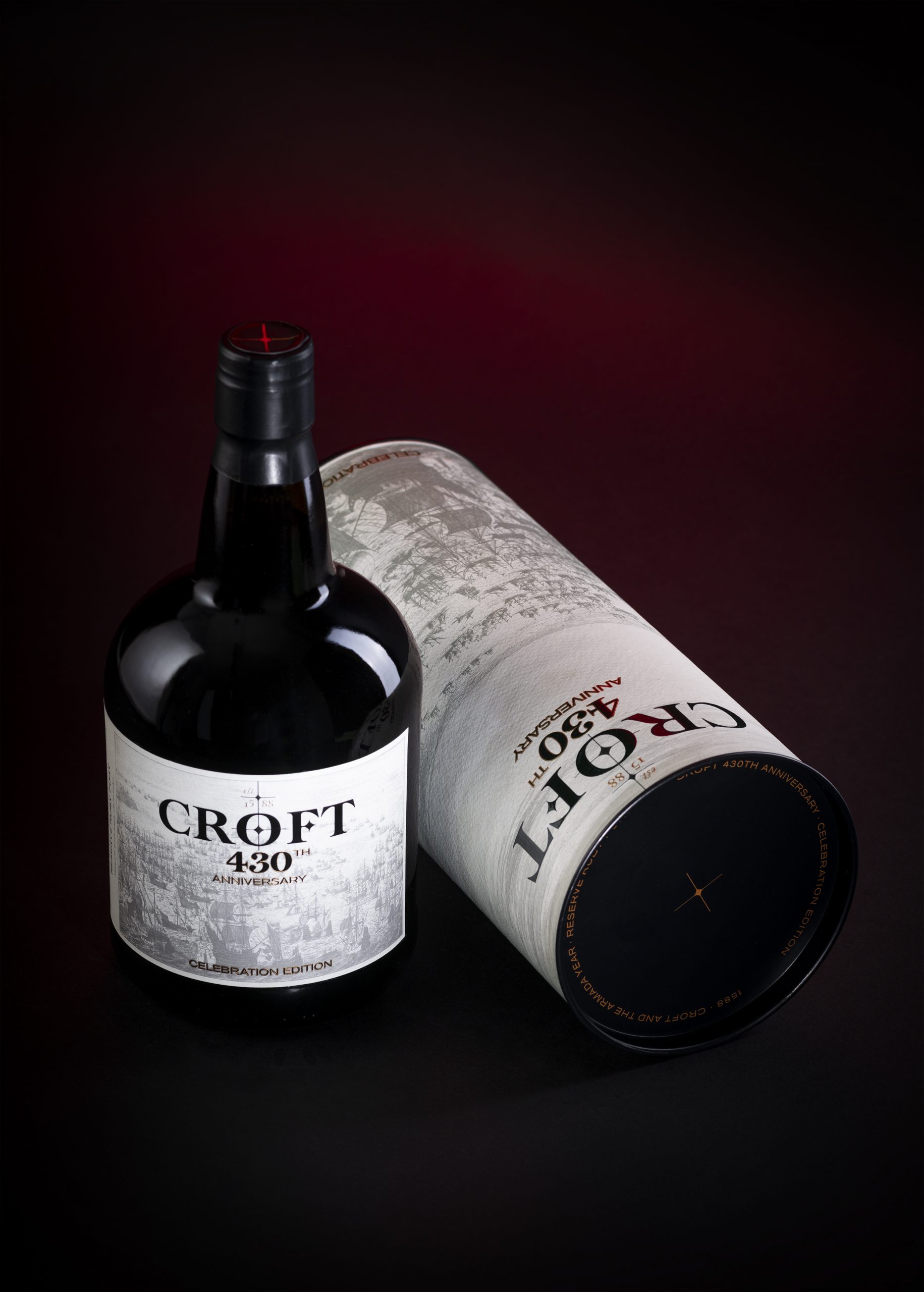

Croft Pink & Tonic
In 2021, Croft Port launched the new Croft Pink & Tonic, the first ready-to-drink pink port and tonic, in a can.
Adrian Bridge, managing director of Croft commented: “The time has come to present this vibrant Port wine, in the ready-to-drink version, with tonic water, in an attractive can. We are confident that CROFT PINK & TONIC will please everyone looking for a refreshing and delicious drink. It further demonstrates the versatility and range of Port Wine.”
David Guimaraens, winemaker at Croft, added: “the Croft Pink & Tonic that we now present is irresistible, as it combines the explosion of fruit aromas with the attractive dry finish of our tonic water. It is delicious and very practical to enjoy anytime and anywhere.”
Croft Pink & Tonic is presented in a vibrant, well-designed, 100% recyclable, 250ml can. Quick to chill, it is refreshing, aromatic and bursting with flavours of raspberry and ripe cherry fruit. Perfect for picnics, taking to the beach or for a single serve cocktail.










